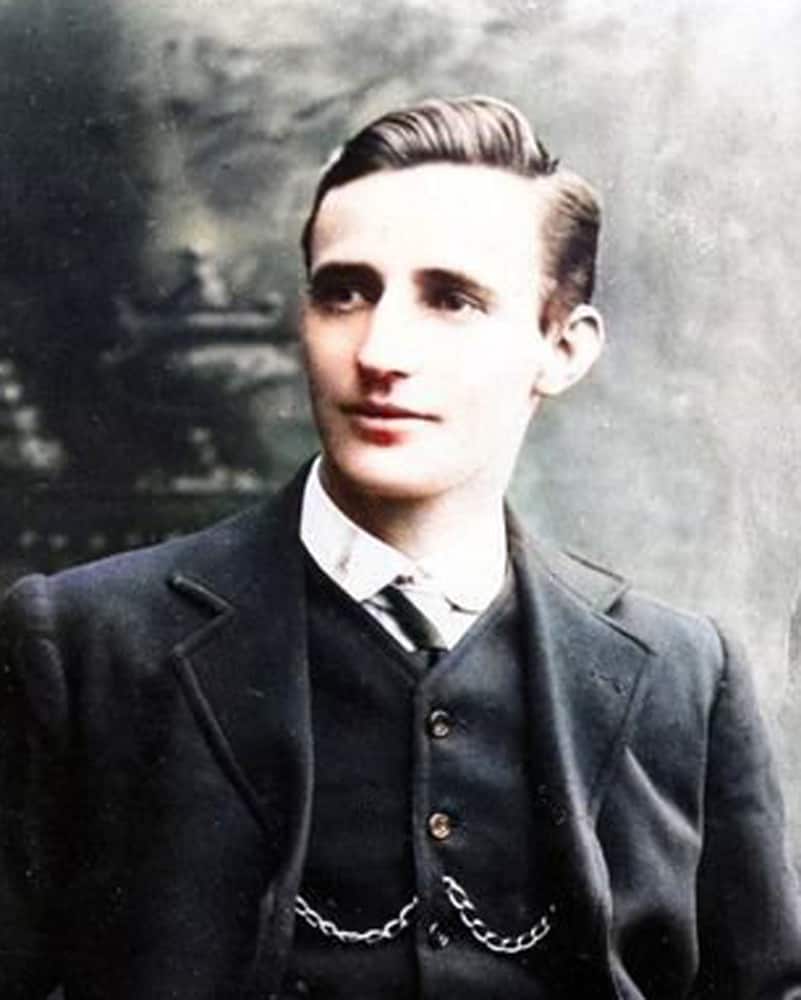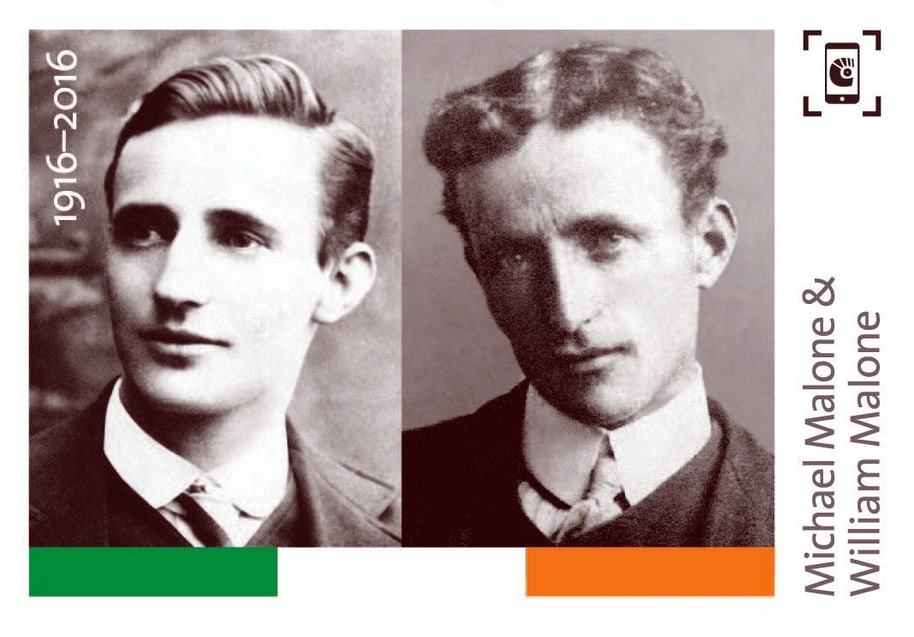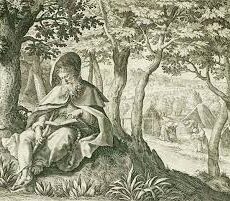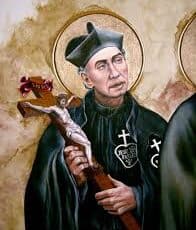
On Easter Monday, 24 April 1916 the Easter Rising in Dublin began. It was launched against British rule by Irish Republicans who sought to establish an independent Ireland. The British were in their second year of World War I and it was thought that this distraction might make them inclined to free Ireland a struggle that had lasted for centuries.
Late Monday evening a division of British troops was ordered to Ireland to help suppress the insurrection and the Sherwood Forest Regiment was among the units heading for Dublin. The Foresters arrived and assembled in Kingstown with orders to move to the center of Dublin. Some were still seasick from their voyage to Ireland. The Foresters were inexperienced recruits. Some had never fired a rifle. As they took a break while on the move word reached them that rebel forces were at the Mount Street Bridge on Northumberland Road and they changed course in that direction.
While they were moving, volunteer Lieutenant Michael Malone was preparing a reception for the British reinforcements. Malone had 34 volunteers to defend and hold the Mount Street Bridge as long as possible. They were members of Éamon de Valera’s 3rd Battalion. Malone arrived by bicycle and took command of volunteers who were lounging about like footballers waiting for the start of a match. These were a rabble in arms like those who fought in the American Revolution. Michael Malone was a carpenter by trade described by some as a natural born leader. He had won prizes for drawing and wood carving. Malone was also an excellent marksman. A devout Catholic, he was a member of St Patrick’s Confraternity in Ringsend, Dublin. His older brother William was in the British Army
Malone assigned his men to occupy several buildings near the bridge. They entered their assigned buildings and some helped house wives wrap valuables so that they would not be damaged or stolen during the unfolding drama. Most occupied the upper floors so they would be firing down on advancing infantry. Those approaching the bridge would be caught in a cross-fire. Malone and volunteer James Grace occupied the third floor at No. 25 Northumberland Road. He and his men would defend the Mount Street Bridge against a British force that would ultimately number nearly 1800 troops.
The Foresters approached the bridge marching in formation. This meant that if a volunteer fired at a Forester in the front rank and missed, the bullet was sure to strike someone further back. The first volley killed ten Foresters and wounded many others. The order to drop was given and the Foresters were now lying in the streets, below. Volunteers could now fire down into a crowd of soldiers lying in the streets. It was a slaughter. The fighting went until the British rushed and cleared the buildings. Michael Malone was killed by soldiers coming in the back door as he descended the stairs. James Grace escaped. A total of four volunteers including Malone were killed and others were captured. British losses were staggering: 26-30 killed and 134 wounded. Half of the casualties suffered by the British during the Easter Rising were lost at the Mount Street Bridge. The greatest number of casualties during the Rising were innocent civilians. The British soldiers buried Michael Malone’s body behind No. 25 Northumberland Road. It was moved to Republican Plot at Glasnevin Cemetery after the Easter Rising.
The Rising lasted five days and it was over when the rebels surrendered on 29 April 1916. It was intended to be a nationwide rebellion but nearly all of the fighting and casualties occurred in Dublin. The Easter Rising was opposed by most of the people of Ireland, but public opinion changed. The British blundered when they tried and executed the rebel leaders. These murders outraged the citizens of Ireland and the Irish War of Independence followed. This ended British rule in most of Ireland and, after a ten-month transitional period overseen by a provisional government, the Irish Free State was created as a self-governing Dominion on 6 December 1922.
Michael Malone’s older brother William was killed a year after the Rising in France while fighting in the British Army at the Battle of Ypres. The two brothers are commemorated on an Irish postage stamp on the 100th anniversary of the Easter Rising.






